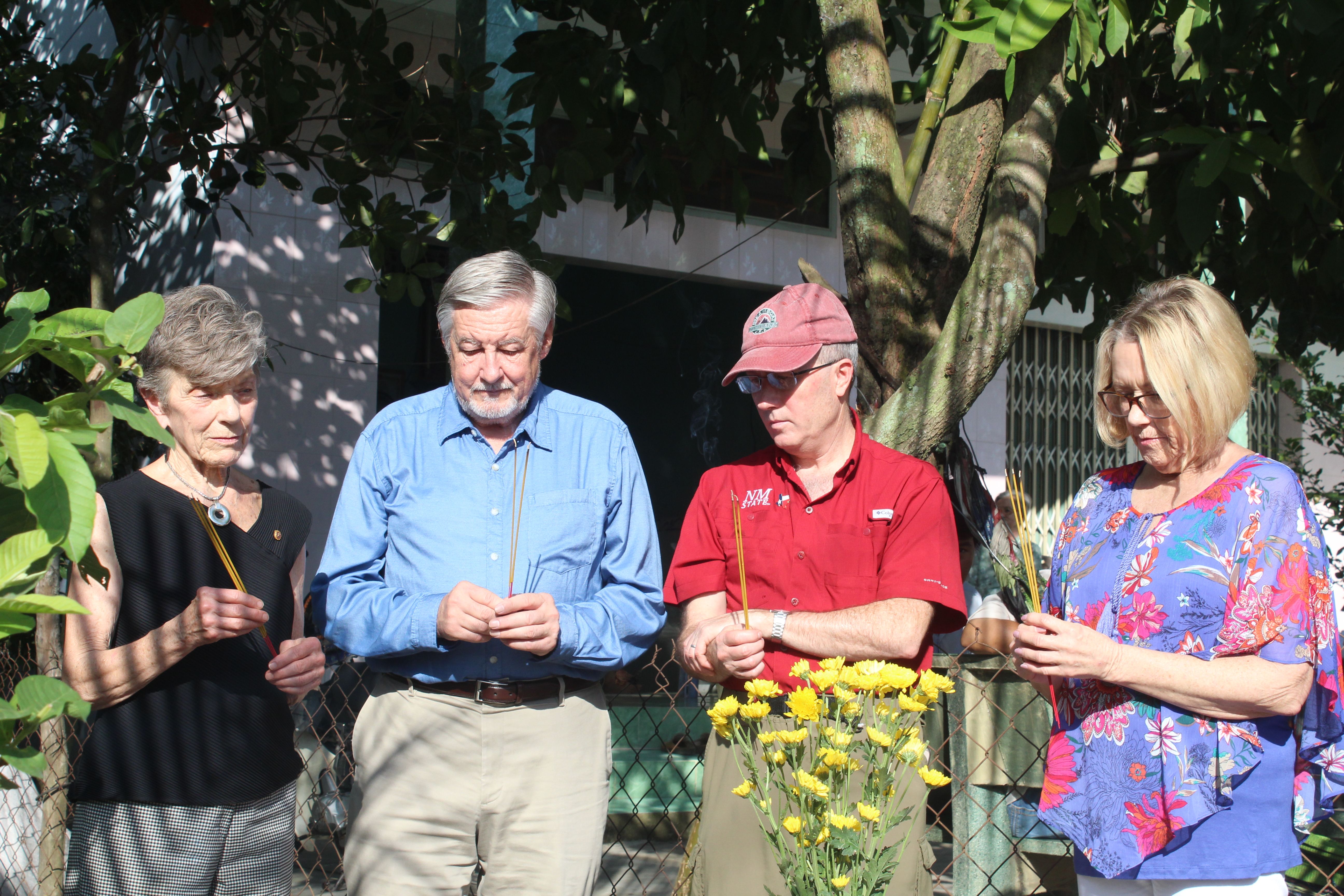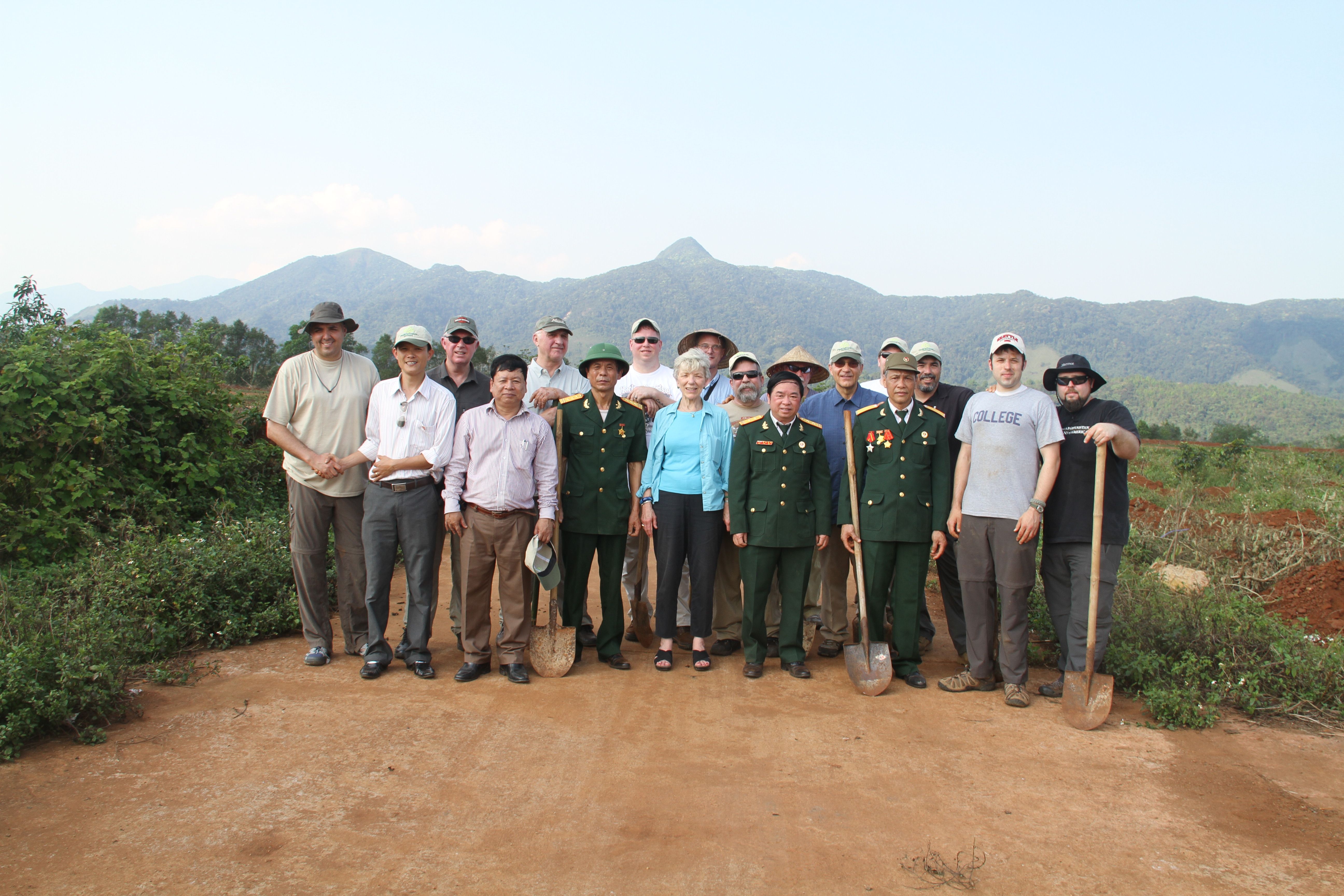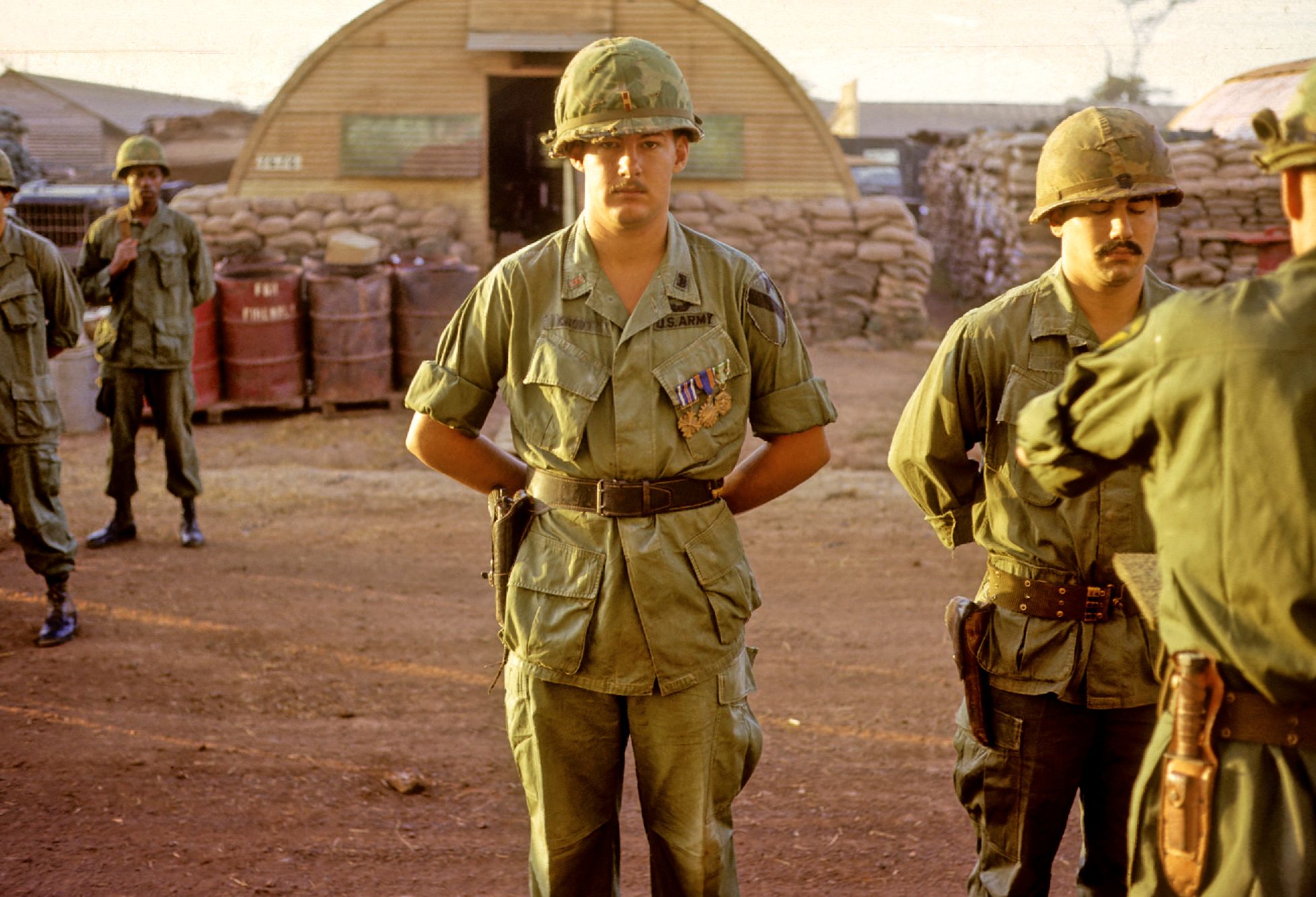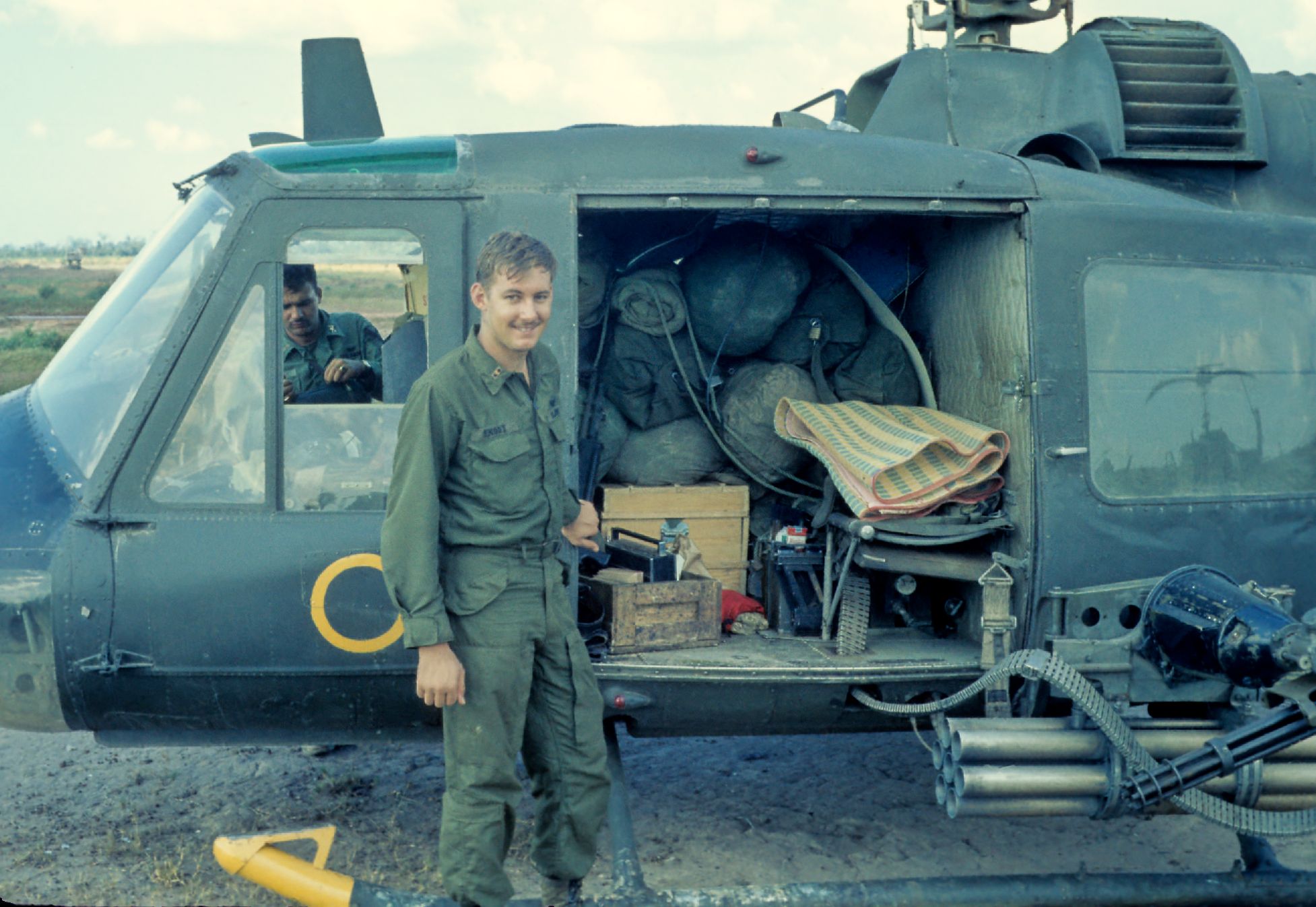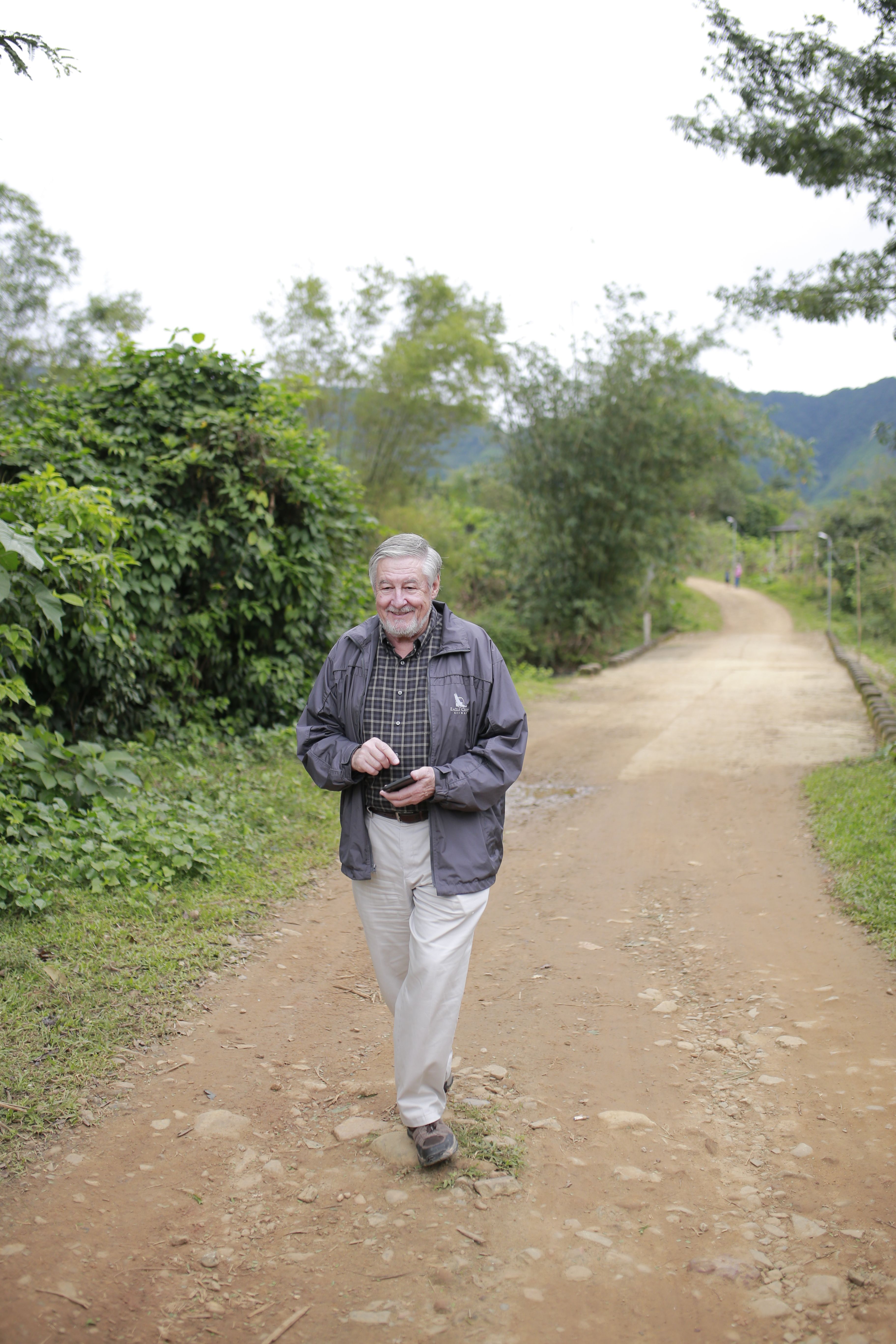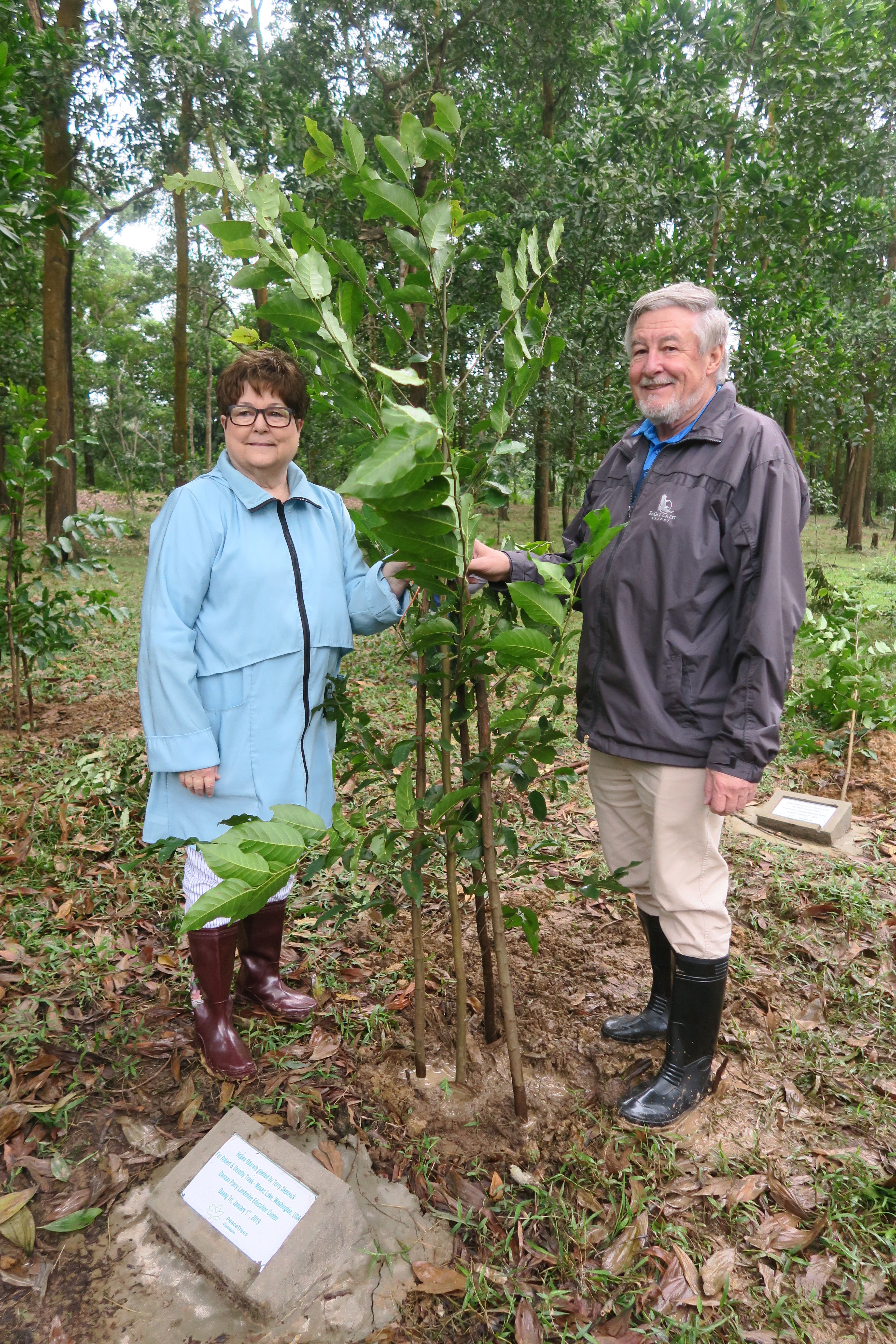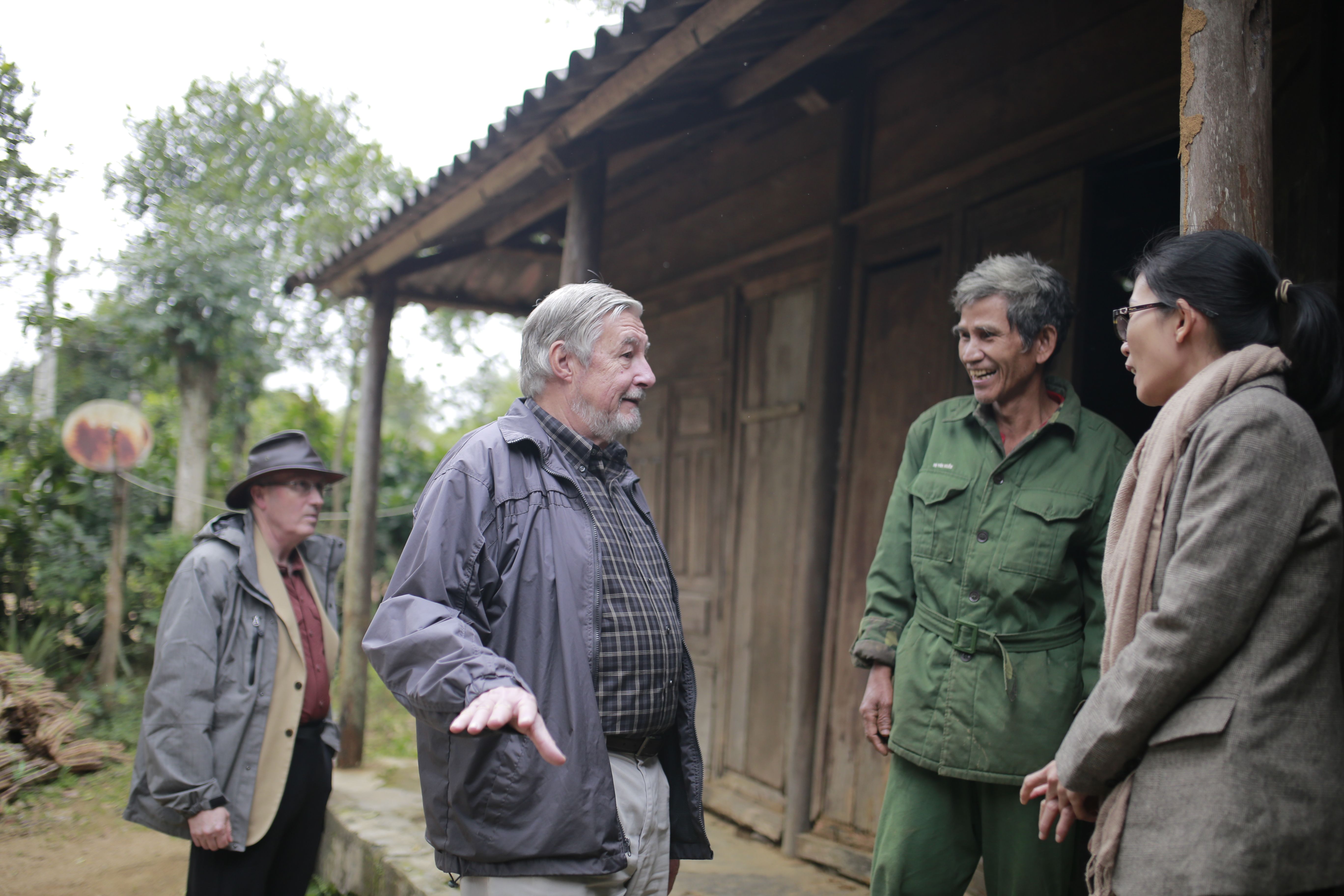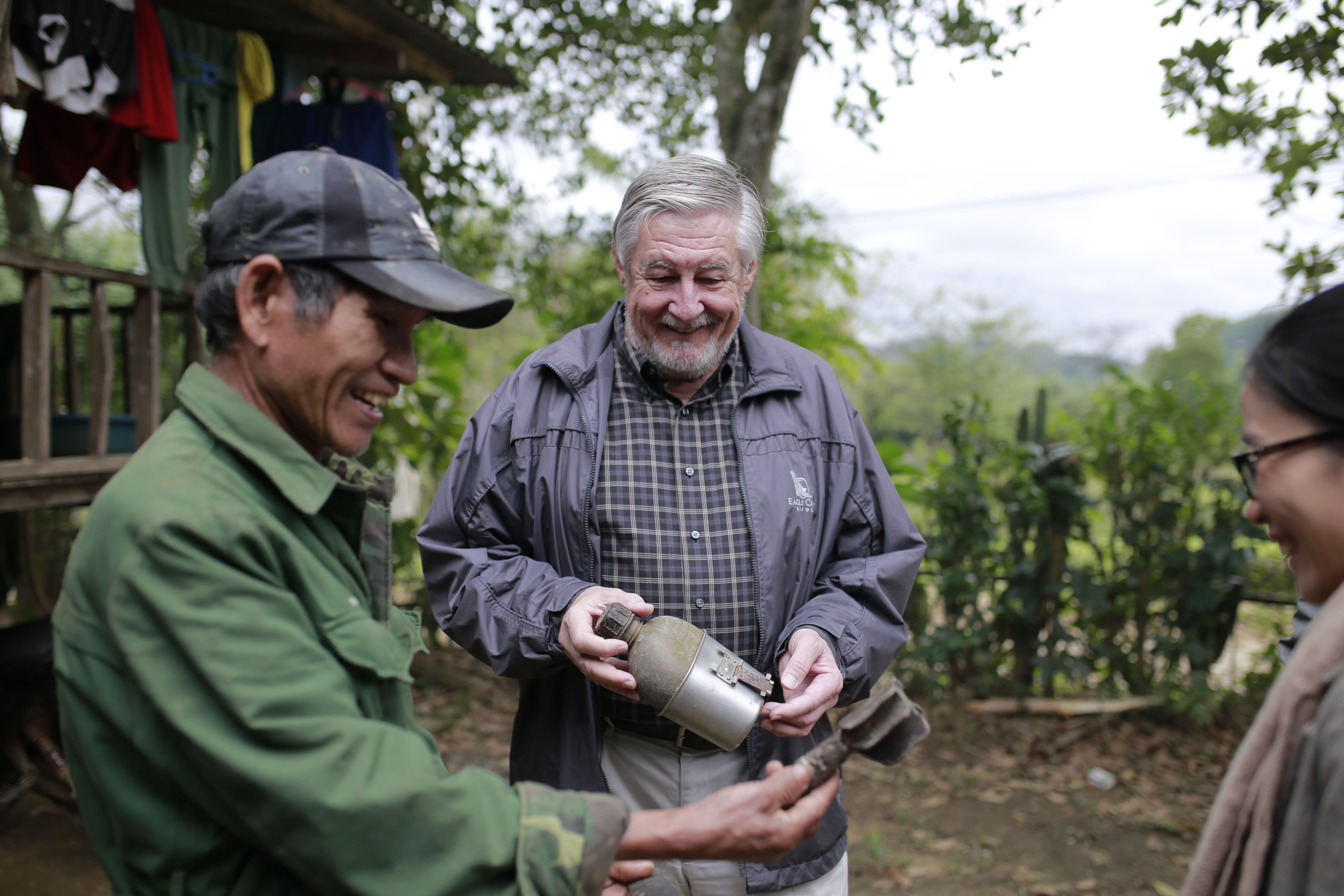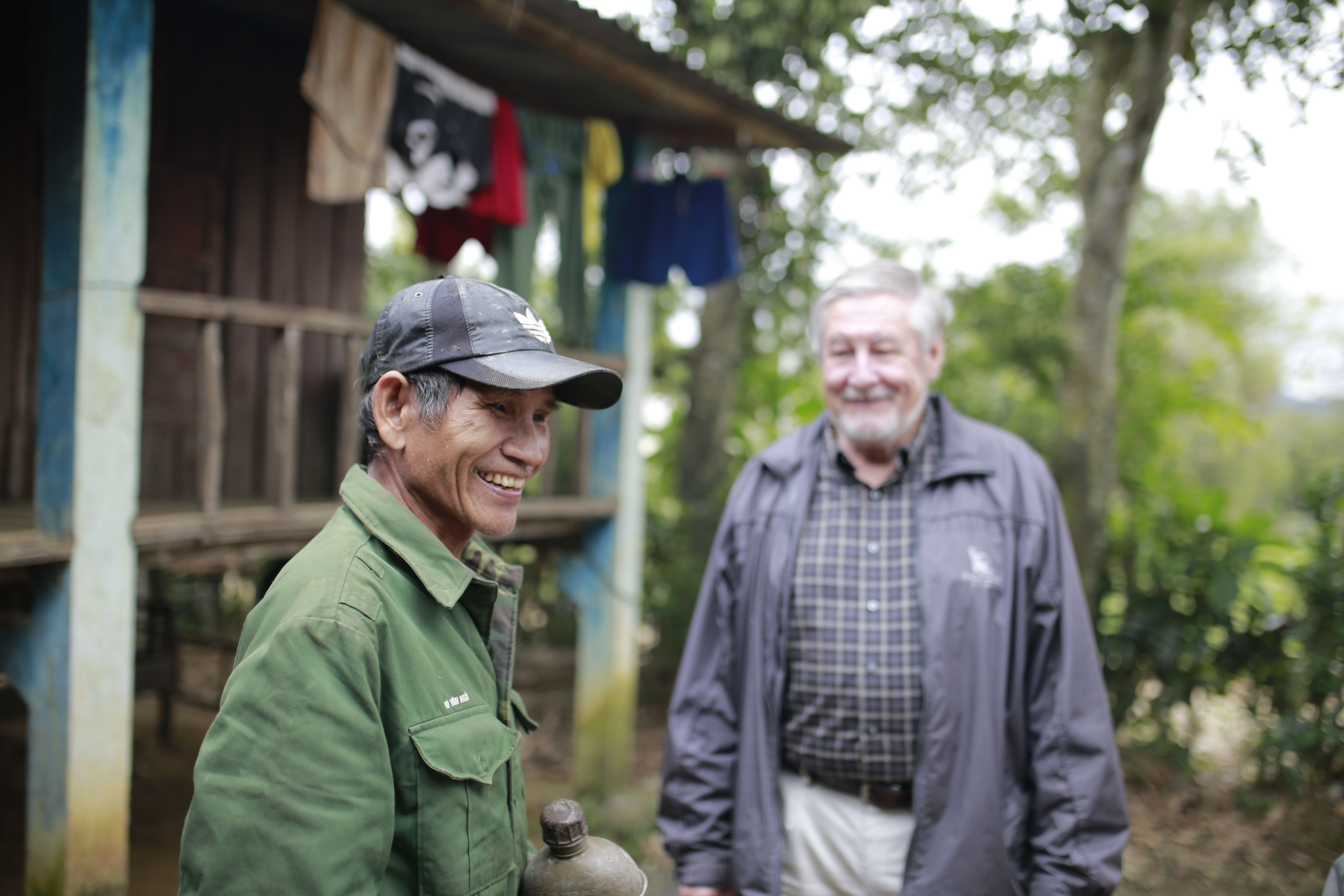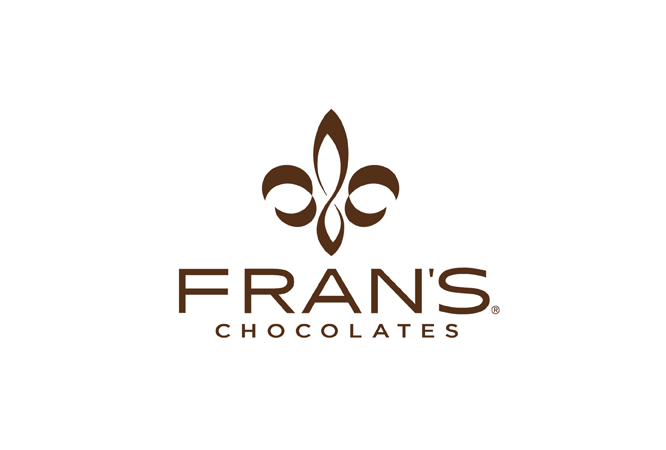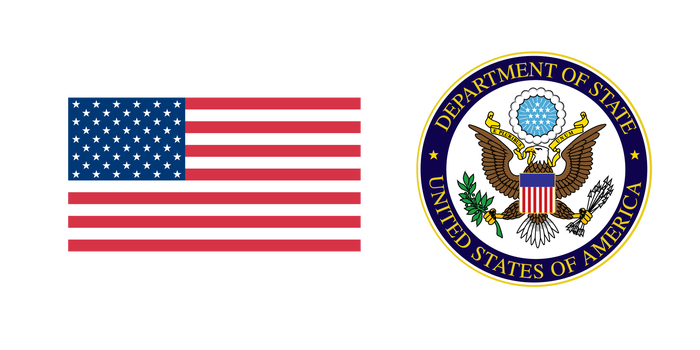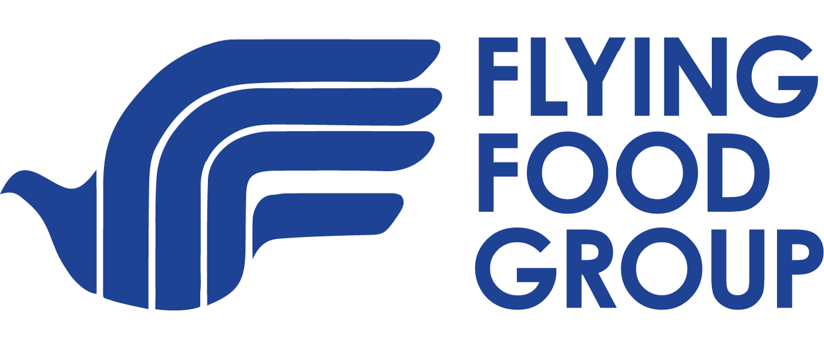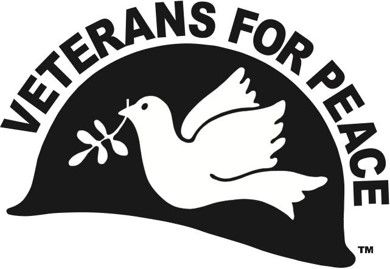Veteran Spotlight: Norm Knodt
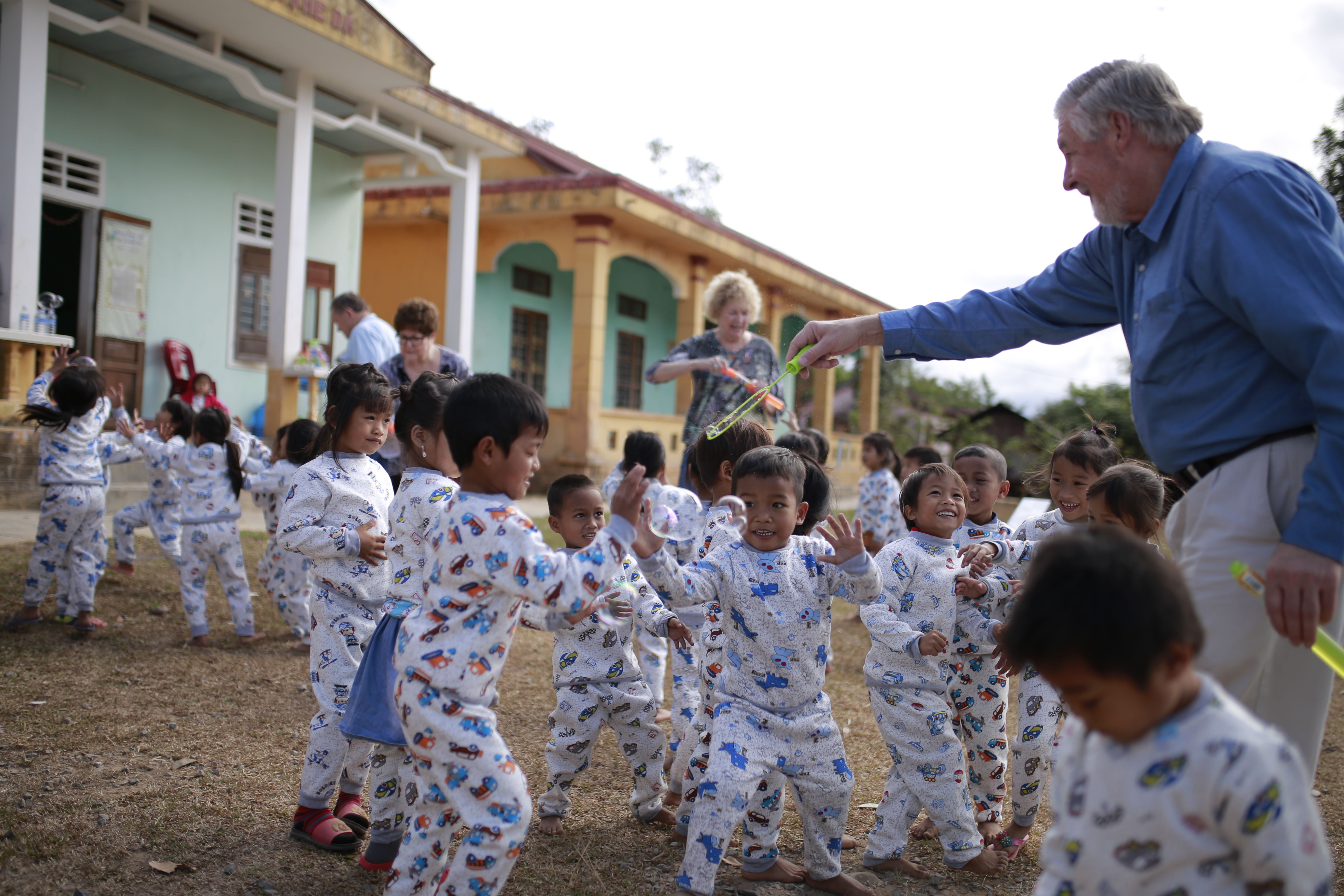
Norm Knodt is a Vietnam Veteran, and PeaceTrees supporter. Norm returned to Vietnam for the first time in 50 years in December 2018 on our inaugural Gold Star Family Trip. He wrote this about his experience:
Christmas was a little different this year. It was my first Christmas without my wife Linda, who passed away in the spring. I was ready for a change of scenery. So I had dinner with my son, his wife and my two grandchildren. We opened gifts. Then I grabbed my bags and was off to the airport — bound for Vietnam for the first time in almost exactly 50 years!
The Goldstar PeaceTrees Vietnam trip I participated in from December 28, 2018 through January 10, 2019, provided a unique opportunity to add a special segment to what I’ve come to think of as “The Vietnam Part of My Life”. I won’t say this trip completes or closes my Vietnam experience, though, as I hope to return again with this incredible group. (That’s how special this adventure was…I want more!)
In the following writeup I’ll take you through the chapters of My Vietnam Experience. It’s incredible how these two experiences in Vietnam wove together threads from my life that had been left fluttering in the breeze of my mind for 50 years, bringing some very specific personal experiences full circle. It was life changing.
CHAPTER ONE - A STRANGER IN A STRANGE LAND: 1968 - 1969
My Vietnam Journey began 50 years ago, on January 16, 1968. I was the lucky recipient of a U.S. Department of Defense all-expenses-paid one year trip to South East Asia — specifically to the Republic of South Vietnam. (It wasn’t quite as luxurious as my trip with PeaceTrees. Not by a long shot!)
I arrived in Cam Ranh Bay at 20 years old, ready to serve as a US Army pilot of UH-1 B & C model armed helicopters while assigned to C Troop, 1st Squadron, 9th Cavalry, 1st Cavalry Division Airmobile (more commonly referred to as “The First Cav” or even just “The Cav”.) After my arrival I was sent to An Khê in II Corps. I had just missed joining up with my unit, though, which had moved north to I Corp. My particular unit was located near a village called Đông Hà. From An Khê I was transported by helicopter to meet up with the unit.
I’ll never forget that flight — looking down over the city of Huế. I remember thinking what a beautiful city it was, and feeling a little flutter of traveler’s excitement. I’d never been overseas. But this was not that kind of trip.
As fate would have it, just a few days later the Battle of Huế (The Tet Offensive of 1968) started, and would continue for months. That beautiful city I’d admired (not to mention its many residents) sustained considerable damage.
While the Battle of Huế was raging there was also another enormous battle taking place at Khe Sanh in the Northwest portion of Quảng Trị Province — near the Laotian border. The main portion of this action alone lasted for 77 days and its effects are still felt today, as I’ll explain when I bring us back to present time.
During the Tet Offensive my unit operated from our base in Đông Hà and was involved primarily in actions in the vicinity of Quảng Trị and south to a base called Camp Evans. We also assisted in operations in the area just to the north of Huế. The battles were brutal, from both sides. One day during the early stage of The Offensive, my unit only had one operational aircraft out of 26, due to battle damage! We were fighting against The People’s Army of North Vietnam (which we referred to as The NVA, or North Vietnamese Army) but we also had to battle unusually bad weather which included thick, low fog that greatly impaired our ability to operate at maximum capability.
About the time the Battle of Huế ended we started reconnaissance for Operation Pegasus: a coordinated Army, Marine and ARVN operation that eventually brought an end to the Battle of Khe Sanh. We operated from a landing zone referred to as LZ Stud — a spot that would play a very important role in my trip with PeaceTrees 50 years later!
About 3/4 of my tour from 1968 - 1969 was spent in the areas I’ve described. (For those who may be curious, the rest was spent in Operation Delaware in the A Sầu Valley, and at the end of my tour we moved to III Corps and were based out of an area called Phước Vĩnh bordering the Cambodian border.)
While I was over there as a soldier and for many years after I thought about returning to Vietnam. It was a beautiful country. I never got to meet any of the civilians, or travel through the gorgeous country as a tourist. I believed in our purpose there at the time, but of course I bore no ill will towards the people, and I wanted to see the country thrive and prosper. I was sure that someday it could become prosperous — even just based on the resourcefulness and determination I experienced on the part of the Vietnamese Military that I faced during the war.
I wanted to return in a time of peace when I could truly get to know the country and its people. But I was young, I had an entire life to live and a family to build and raise. My return to Vietnam wouldn’t happen for almost five decades.
CHAPTER TWO - THE GATEWAY TO VIETNAM: 2016
Forty-eight years later, I was a retired pilot and had built up a thriving Financial Services practice. But I always kept flying in my heart — and especially my Vietnam Experience, Nevada. It was 2016 and I was attending the Vietnam Helicopter Pilots’ Association annual meeting in Reno
My wife Linda visited the Vendor Area and met Jerilyn Brusseau from PeaceTrees Vietnam. (I should have known Linda would be the one to call my attention to PeaceTrees…she brought so many incredible experiences into my life!). Through pleasant conversation with Jerilyn, Linda learned that the PeaceTrees headquarters was in Đông Hà and that they were involved in searching for and safely removing unexploded ordnance. Knowing I had been based in Đông Hà in ’68, she came and grabbed me at once, eager to introduce me to Jerilyn.
We got to talking and Jerilyn explained that a considerable amount of the PeaceTrees work was taking place in the areas where I had served. And she told me about the Citizen Diplomacy Tours. I showed her some photos that I had taken during my tour in 1968, all taken in the Quảng Trị, Đông Hà, LZ Stud and Khe Sanh areas. I had them digitized from slides. I’d also brought along my unit’s Operations Briefing Map for the area. It’s a 1:50000 scale, and measures a massive 6 feet by 9 feet when unfolded. This vintage map from my Vietnam days just happened to cover the entire area that PeaceTrees is working in today. Kismet.
I was eager to jump on the very next Citizen Diplomacy Tour, but as it tends to do, life got in the way. I wasn’t able to make any of the upcoming trips. But in July of 2018, Jerilyn called me personally and asked if I would be interested in participating in a special trip that was being planned.
The main reason for this trip was to hold a memorial for Jerilyn’s brother, Lt. Daniel B. Cheney, who lost his life in action as an Army Cobra Helicopter Pilot. It was at the request of Gail Garcelon, who had been Cheney’s fiancee and would have become Jerilyn’s sister-in-law. Daniel proposed to Gail just before Christmas in 1967, the night before he left for the war. His aircraft was shot down on January 6th — tragically, the same day their engagement was announced in the paper back home in Bellingham, WA. His obituary was published just two days later.
Gail went on to live a full life, but she never forgot him. The memorial would take place at the exact location where his aircraft was shot down, 50 years to the day. I immediately accepted the invitation.
I was excited! I was nervous! Mostly, I was curious. What would it be like to visit this place that I hadn’t seen in half a century? What would the war-torn areas that I had been in be like today? What would the people be like? Would they accept me as a friend? I didn’t expect them to. After all, during my previous visit I was an adversary. My primary operative was to inflict casualties with the weapons systems on our helicopters.
Jerilyn understood, and assured me that they would welcome me. She also promised me hot showers, and that I wouldn’t have to sleep in a tent & sleeping bag like I had during my first time in Vietnam! Did she know she was changing my life? Knowing Jerilyn as I do today, probably.
CHAPTER THREE - RETURNING IN PEACE: 2018 - 2019
It would be an understatement to say that the PeaceTrees staff prepared and coordinated an amazing trip! So amazing and detailed, in fact, that I’ve been intimidated to write this piece! Only after some gentle and very diplomatic goading from PeaceTrees am I sitting down to the task.
Where to even start? How to keep it from reading like an itinerary? I could go on and on about the convenient and comfortable flights, the incredible accommodations, and how each delicious meal surprised me more than the last. If you travel with PeaceTrees, rest assured that everything has been taken care of for you and you will experience things you could never otherwise experience. You’ll be given a special visa that allows you to meet with government officials and visit civilian homes. The staff and guides and translators will be absolutely incredible and if you’re anything like me, you’ll make friends for life!
But I’ve decided my best course of action will be to hone in on the highlights, and try to explain as best I can what each experience meant to me personally.
Day One. Right out of the gates, we had a last-minute meeting added on to our agenda. We checked in to our hotel in Hà Nội, freshened up, then headed out for a special presentation from William “Buddy” Newell of the Defense POW/MIA Accounting Agency. This agency searches for POW/MIAs from the war, and it was fascinating to learn about the process. It’s part CSI/part archaeological dig. They’re searching offshore, as well, using oil exploration technology to locate sunken planes and ships. I had goosebumps, thinking of the 1,247 soldiers who have yet to be found, and their loved ones who’ve lived all these years without closure. What an incredible organization…and what a way to begin the trip.
The next huge moment for me came on Day Two, when we were granted a formal meeting with the Vietnam-USA society — an organization that reports directly to the Prime Minister. Their mission is to develop and nurture friendship and understanding between our countries. There were 20 of us gathered around a conference room table, including three families of Vietnamese fighter pilots killed during the war, three pilots who flew migs for the Northern Vietnamese Army, and one US Army gunship pilot: yours truly.
We were seated in alternate seating, and we simply went around the room, each person sharing their story in kind. Nobody spoke besides the person telling his or her story, and nobody commented afterward. It was simply just…getting it out there. There were four Vietnamese women present — each of whom had lost either a husband or a father. They were tentative to speak, and one expressed that she still harbored “hatred” for the US. I understood. And, being the only one at the table who had likely CAUSED loss instead of experiencing it myself, I was very nervous to speak. But I did. And they all listened.
We talked about it afterward, and everybody agreed: after speaking, and hearing the others’ stories, it was as if a cloud had lifted. Nobody apologized, nobody made accusations. Everybody just listened. Afterward, we shared lunch and drinks together, and took photos. One of the Vietnamese fighter pilots asked my age, and when he learned I was four years younger, he declared that I was his younger brother, and he was my older brother! All of the animosity that had been present before the meeting appeared to be gone, and what was left was a room full of people with new-found understanding. All of us in the PeaceTrees group were in awe of what took place that day!
The next day, we had the opportunity to meet with US Ambassador Dan Kritenbrink. He spoke about the strong positive relationship our countries have today, and stressed the importance of continually striving to keep it that way. It really sunk in that this trip I was a part of was much bigger than just me. No wonder PeaceTrees calls these trips “Citizen Diplomacy Tours”.
We rang in the new year in Huế, where we were in driving distance of the much more remote Đông Hà - my old unit’s base, and the current location of PeaceTrees Headquarters. It was astounding to see how the area has developed over the past 50 years. It was nothing like the war zone I had left. Today it’s a thriving city full of life! And motorbikes. So many motorbikes!
We did so much of note over the next few days. We planted trees in honor of loved ones (I planted three, and of course one of them was for my Linda, without whom this trip might not have happened) and we visited the Friendship Village — a village of 100 homes with plumbing and electricity, built by PeaceTrees for victims of unexploded ordnance and their families.
It was incredible to see the work that PeaceTrees is doing, but do you know what may have been even more incredible? When one of the residents speaking to me through a translator expressed sympathy for all the families in California (where I am from) who lost their homes to the wildfires. Can you believe that? That was definitely a memorable moment for me, pertaining to the Vietnamese people, who were nothing but warm and caring.
We were able to meet with the Quảng Trị Vice Chair for the People’s Party. It was the first meeting of the year and was being televised, so it was thrilling to be a part of that! But even more excellent personal moments occurred while spending time with the Quảng Trị Women’s Union. These tireless women work with PeaceTrees on various initiatives, including some Black Pepper Microcredit projects that involve teaching ethnic minority women the practice and business of pepper farming. Costco is buying the crops, and you better believe that’s where I’ll be getting my black pepper going forward!
These women also took us on a tour of a gardening village they operate out by Khe Sanh, and we traveled there by bus. I followed along as we drove, with my vintage map and my old photos pulled up on my laptop. That’s when I recognized a suspiciously familiar mountain ridge, and consulting my photos and old map, realized it was none other than LZ Stud — the landing zone I mentioned from my first time in Vietnam. I was so shocked, I said out loud to Jerilyn that I was here before! In this very place!
No sooner had I said that, then the bus turned off into one of the Healthy Garden Healthy Life Villages! What once had been part of the US military base for Operation Pegasus was now a thriving garden village! The villagers put out an absolutely incredible lunch for us. We ate together, sang songs together (Vietnamese tradition) and I even met a man who had been a guide for the North Vietnamese Army! He lost his brother in 1966. Through Ha, our PeaceTrees guide, this man and I shared stories, examined some old artifacts of war he had in his home, and we both left the conversation better people. I’ll cherish the photos we took together.
I mentioned that this part of the country is where the bulk of PeaceTrees demining work is concentrated, and we were able to be part of it for a day. We followed along as the PeaceTrees team uncovered 18 units of unexploded ordnance, and Gail (the woman who had lost her fiancé in the war) was given the detonator to explode a few. It was a thing to behold! It must have been an experience for Gail, and for me, it just felt good knowing that with all the work left ahead, at least those 18 pieces would never harm anyone.
During this time, we also visited two kindergartens made possible by PeaceTrees and the Women’s Union: the Grace Kindergarten in Khe Sanh, and the Dan Cheney Kindergarten (named for Gail’s late fiancé / Jerilyn’s late brother) in Lao Bảo. These experiences might have been the highlight of my time in Vietnam. The children were so cute. So funny. So ready to be happy and learn and play. We sang songs with them, taught them to do the hokey-pokey, did some art projects together and played outside. These are ethnic minority children who will be entering first grade in the regular system next year. Each one of those smiling faces left me feeling more and more certain about a bright future for Vietnam, and I hope their visit with people from the United States left a positive impression on them, as well.
The end of the trip brought us to Hồ Chí Minh City (Sài Gòn), where we traveled to Đức Hòa, and the site where Lt. Daniel B. Cheney, just 21 years old, lost his life 50 years ago to the day. With the help of PeaceTrees, Jerilyn and Gail were able to track down the exact location of the crash. A home stands there now, on the banks of the Bobo Canal. The family who lives there today was gracious and accommodating — not only allowing us to hold a memorial there, but even loaning us tables we could use for the offerings.
The memorial ceremony combined Vietnamese and American cultures, with incense burning all along the bank, offerings of burnt paper money and fruit for sweetness and prosperity in the afterlife, and a few poems and prayers from the Western world. Between the graciousness of the Vietnamese family who allowed us to memorialize a US soldier there, and the connection we all felt honoring him at the end of such a special and emotional trip, it could not have been a more appropriate end to the bulk of our time in Vietnam.
We did other things, too. So many other things! In Hanoi we visited the National History Museum, where I was able to learn things about Vietnamese history that I never would have learned otherwise. There were complex, impeccably preserved artifacts from times Before Christ, which really drove home that Vietnam has a long, storied, rich history. We visited the Citadel in Huế — a glorious architectural relic that was so much larger and more spectacular than it looked from the pilot’s window of my helicopter, back in 1968.
We stayed at absolutely beautiful hotels, some built by the French during colonial times. We road in taxis nervously, on streets PACKED with motorbikes and seemingly no traffic laws of any kind, some transporting entire families to and fro! No accidents though — the drivers all seem to have an almost telepathic way of coexisting safely like platelets in a bustling artery. We shopped at markets teeming with food and treasures. We ate delicious food. Even this seafood hater gained a few pounds over the trip.
Vietnam is SO much more than the war in the 1960s. As Americans we know that, of course, logically speaking, but to be there and to see it and smell it and touch it is a different experience altogether. To interact with the people is, quite simply, a game changer.
And I suppose that’s a good way to describe what I came away with. Before this trip, Vietnam and my experience there was so closely tied to the war, that I didn’t effectively separate the two. But today, my whole perception of Vietnam is so much bigger, so much better, so much grander, and so much more…human. I’m more grateful for this experience than I can put into words, try as I have. I want to share it with everyone and I want to be a part of more. Sincerest thanks to Jerilyn, Ha, and the entire PeaceTrees staff for inviting me, including me, and for caring so tirelessly for humanity. Inspiring doesn’t even come close.
